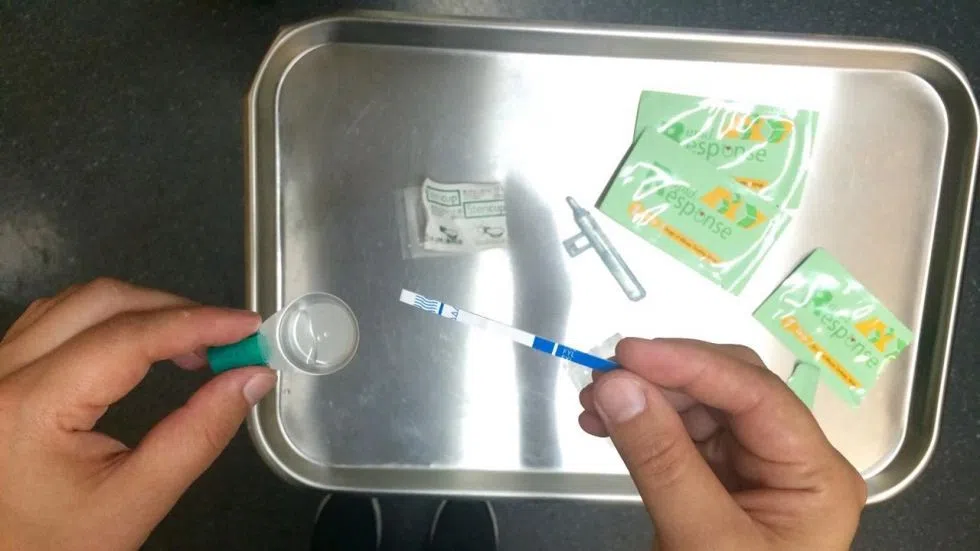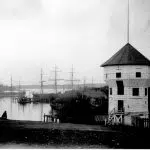
Drug tests at B.C. supervised injection site found 80% contained fentanyl
VANCOUVER — Almost 80 per cent of street drugs tested for fentanyl at a Vancouver safe injection site were laced with the potentially deadly opioid, a nine-month pilot study has found.
The study, presented Monday at the 25th Harm Reduction International conference in Montreal, found more than 80 per cent of the heroin and crystal meth and about 40 per cent of the cocaine brought into Insite by clients contained illicit fentanyl.
In all, more than 1,000 drug samples — the vast majority of them heroin — were tested between July 2016 and March 2017 at the Downtown Eastside supervised injection centre using specialized strips that detect the presence of fentanyl.
“Clients at Insite were able to use the results from the drug-checking service to reduce their dose and decrease their risk of overdose,” said lead researcher Dr. Mark Lysyshyn, medical health officer for Vancouver Coastal Health.



